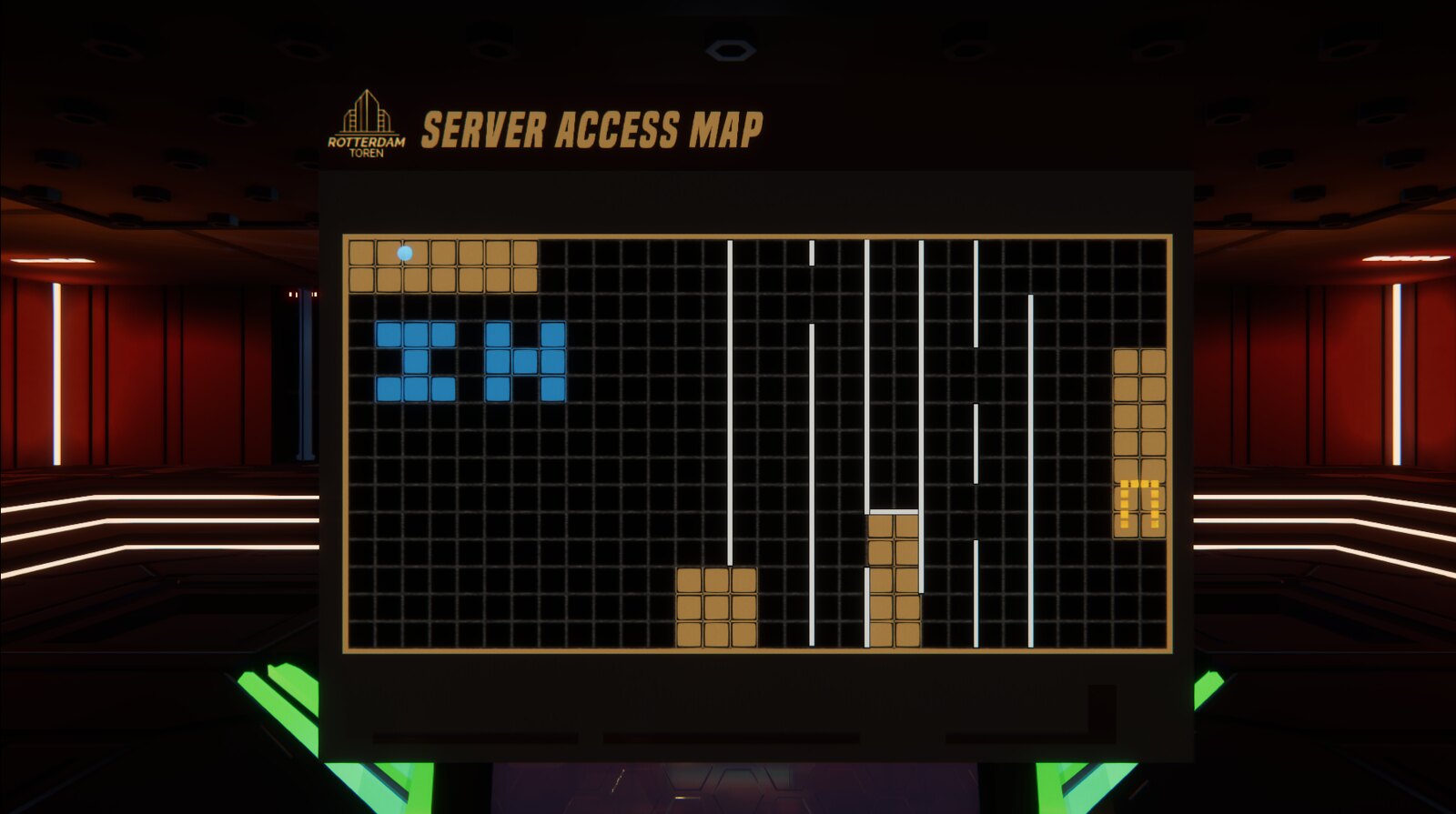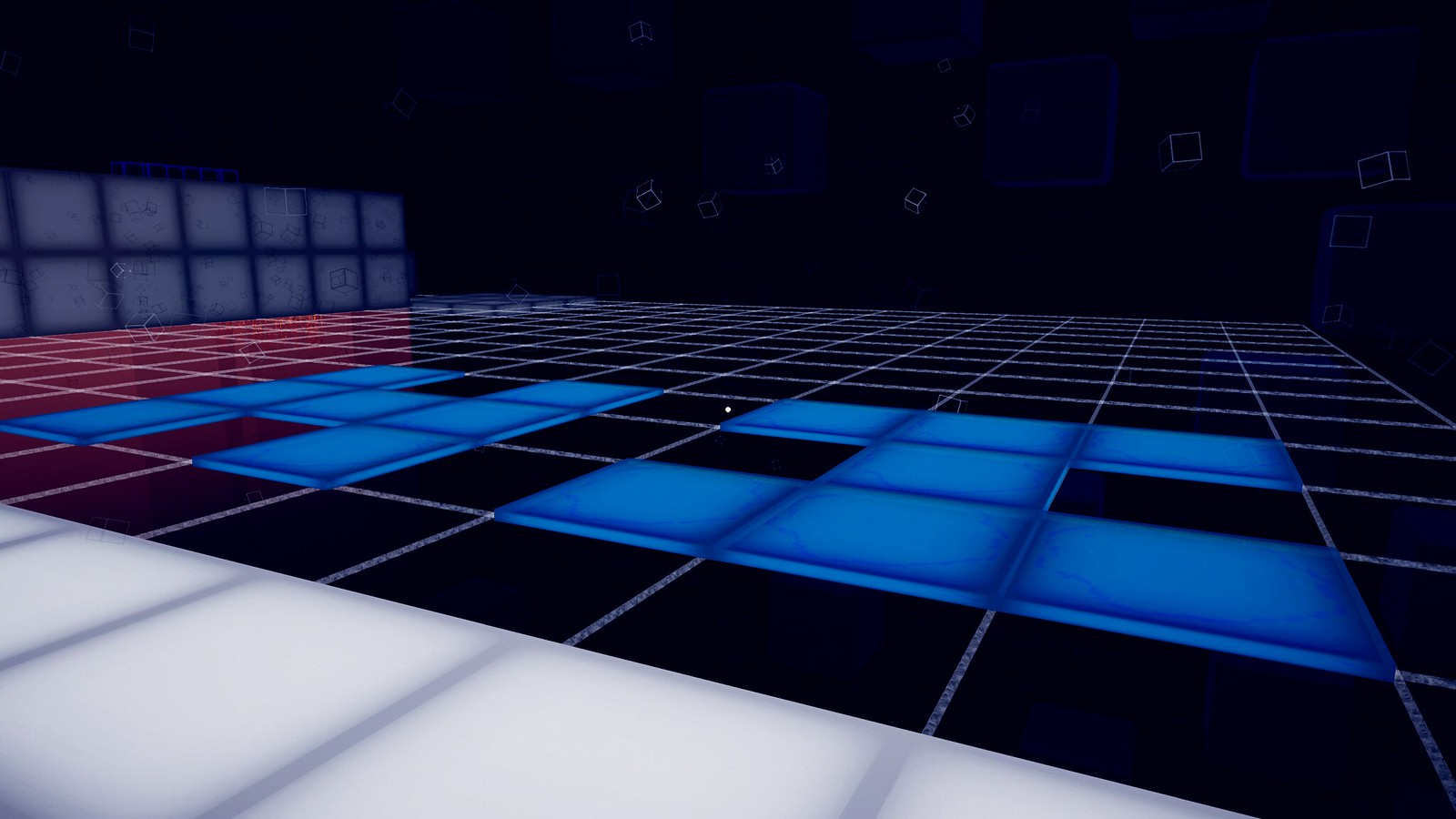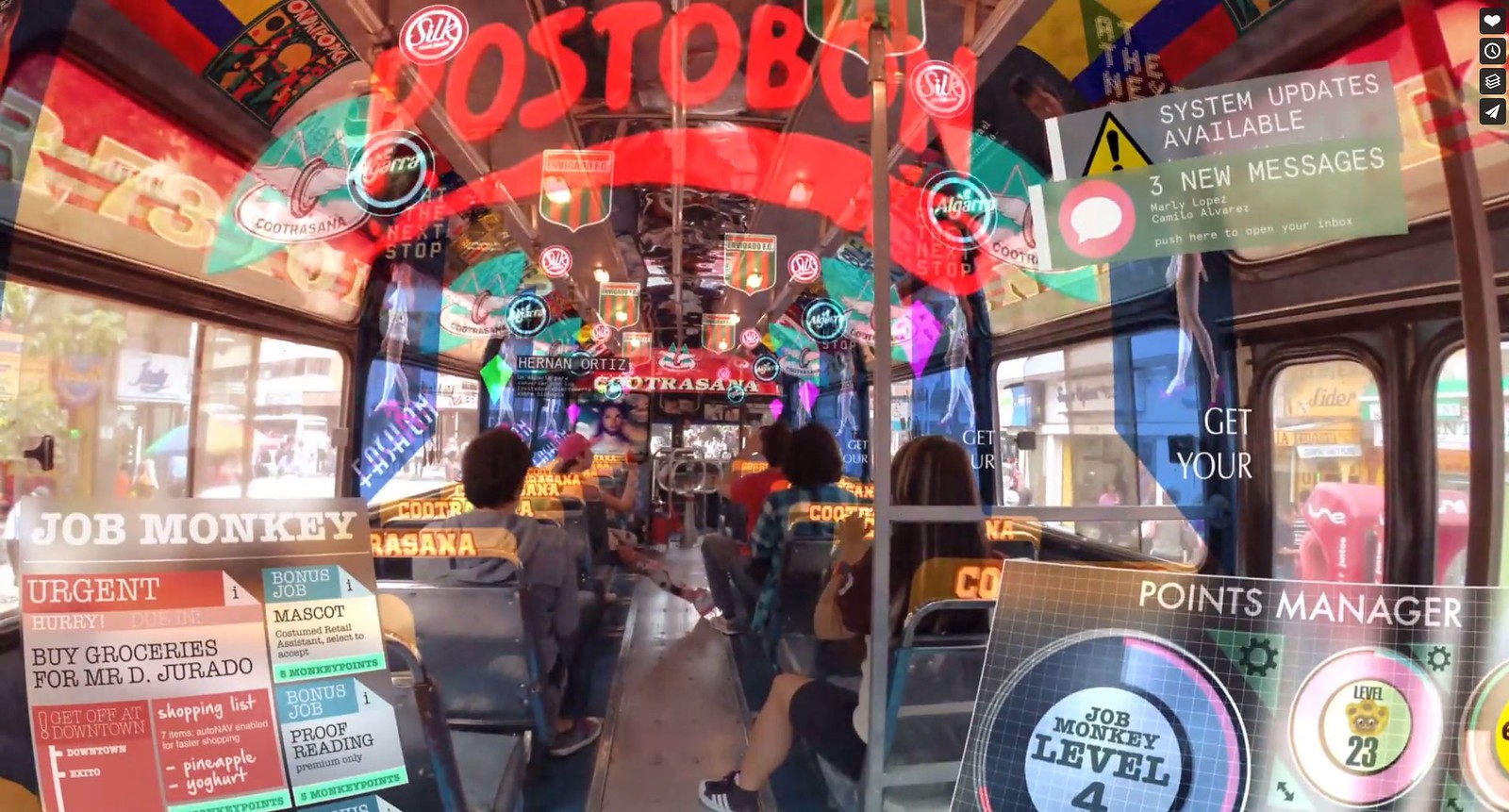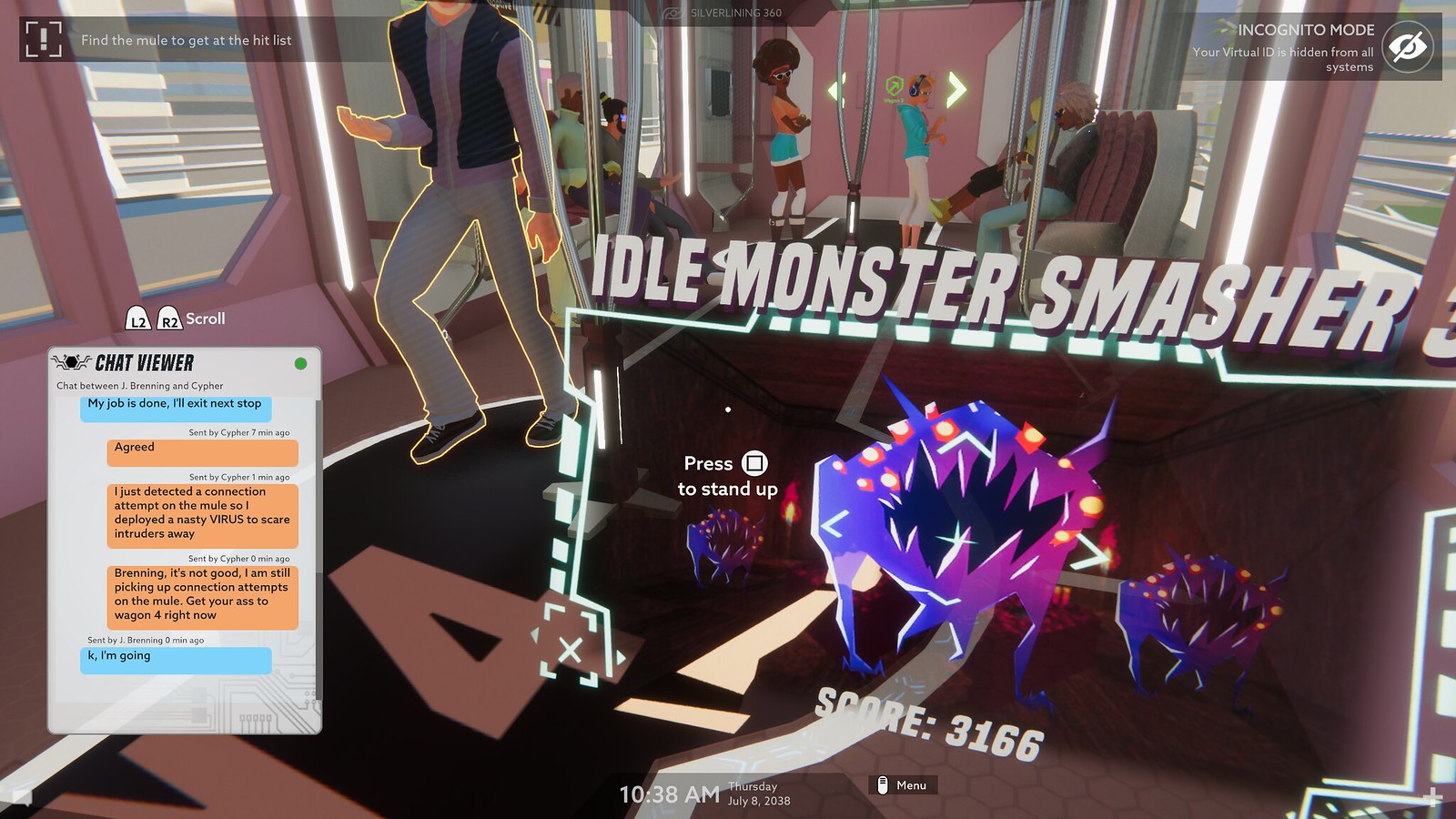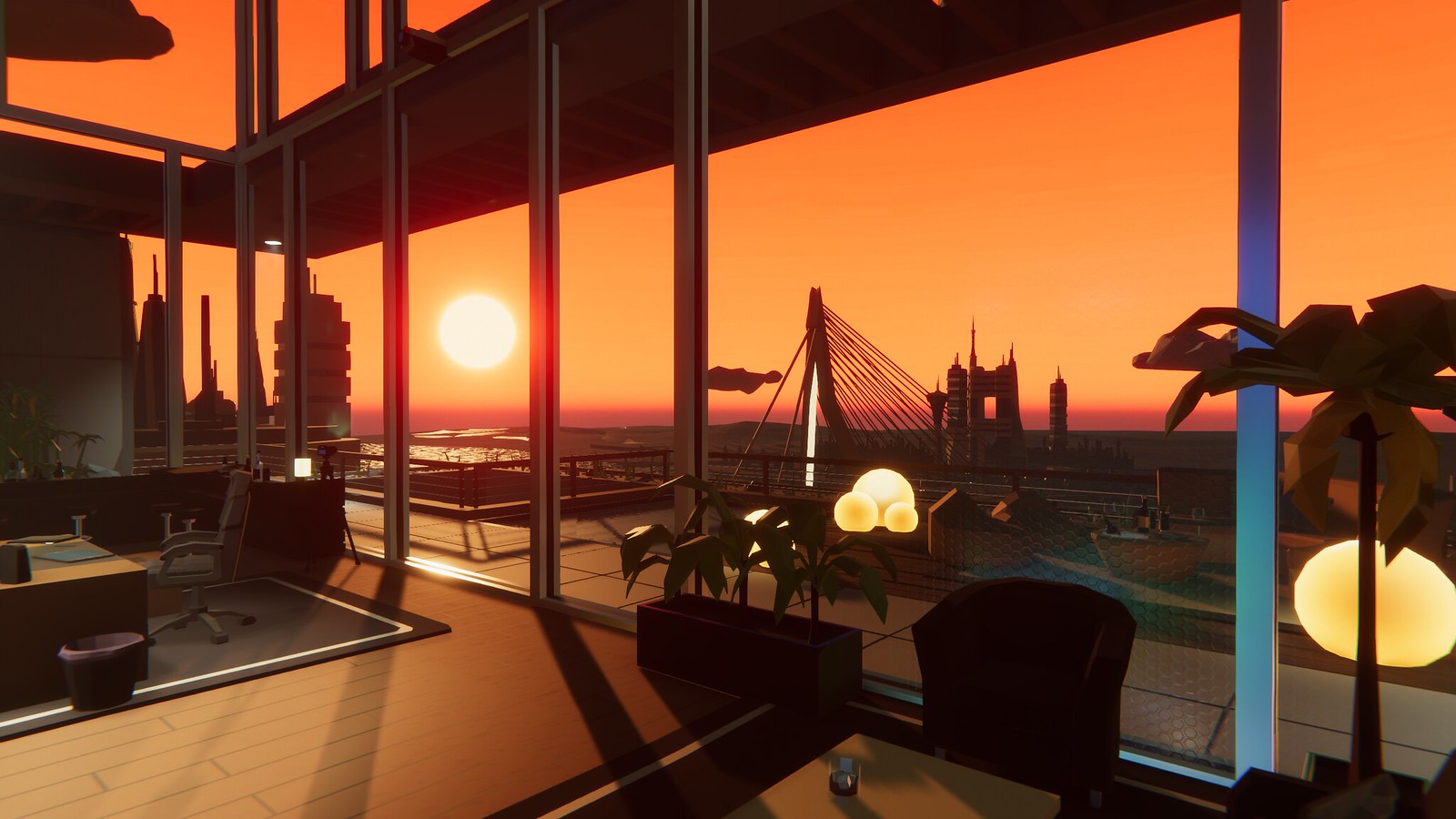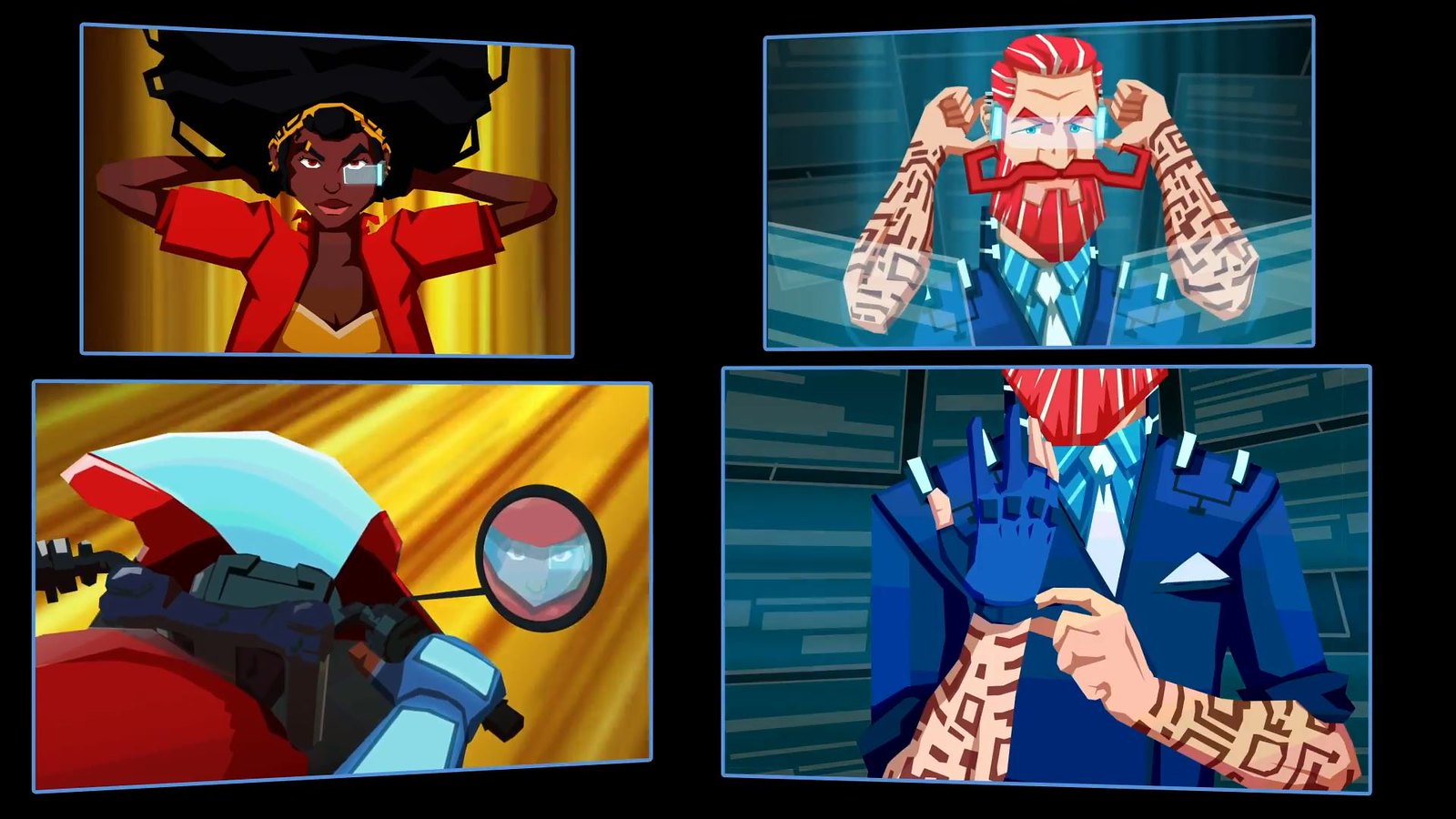In Operation: Tango, you and a partner act as either the agent, Angel, or the hacker, Alistair, working together through complex puzzles to help save the world. This asymmetric co-op has you playing in the same world but through completely different views, and no matter which role you play, Operation: Tango ensures that you get to experience all the beauty this near-future world has to offer.
Building a world that is seen from two completely different perspectives is not an easy task, but Operation: Tango navigates these waters with ease as you get to explore the “real” world as the agent, or the digital one as the hacker. The shining quality is what you and your partner bring to this experience; having to rely solely on verbal communication to relay what you are seeing to your partner, there are countless ways to have fun in a world you’re working together to save.
(Left) The Agent places tiles on the interface to create walkable paths for the hacker. (Right) The Hacker must navigate a virtual labyrinth in order to disable a vault’s security system
Whether you are a casual gamer, a seasoned games veteran, or even a speedrunner, Operation: Tango strives to keep the game visually interesting for all ages and skill levels, while also providing unparalleled asymmetric gameplay. Each area of the world is built with unique themes, colors, and inspirations, really lending both the agent and hacker the global feeling of travelling within this near-future world. Balance is key in any asymmetric world, and Operation: Tango makes certain that there is no “main character” but equal partners, and equally interesting worlds to explore.
From beautiful natural landscapes to the electronic vibes of the internet, Operation: Tango takes a lot of inspiration for the art style and feeling from Keiichi Matsuda’s short film “Hyper Reality” as well as the style of Canadian animator Robert Valley, who is famous for animating for the band Gorillaz. This blends into a world that is filled with augmented reality and interfaces that feel alive in the hands of either the agent or hacker.
(Left) Keichi Matsuda’s “Hyper Reality” overloads the viewer with an extreme portrayal of augmented reality full of advertisements and redundant labelling. (Right) Operation: Tango balances augmented elements with the need to guide players and focus their attention on information relevant to their mission.
The art style translates from not just the characters and the landscapes around them, but also to the puzzles themselves. Making it feel like a new technology but with familiar puzzle concepts is one of the things Operation: Tango does best. You and your partner have to really work together to communicate what you’re seeing and this leads to wonderful chaos and memories as the pressure of completing the puzzle grows.
From a high-speed chase, to a late night office break-in, color and mood play a large part in the art style of Operation: Tango. The world of espionage in the near future finds players in a world that looks and feels familiar, until you take a closer look. For the hacker, this is evident in the futuristic AR and interfaces that help get your agent through the mission safely, and for the agent, in the high-tech buildings and security systems that are stopping you from getting the information your hacker needs and escaping safely.
Ultimately, Operation: Tango aims to give you the power to bring yourself into this not far future world, and save it, with the help of your partner. Whichever role you pick, whoever you choose to be, you’ll be welcome in the beautiful world of Operation: Tango.
Website: LINK



